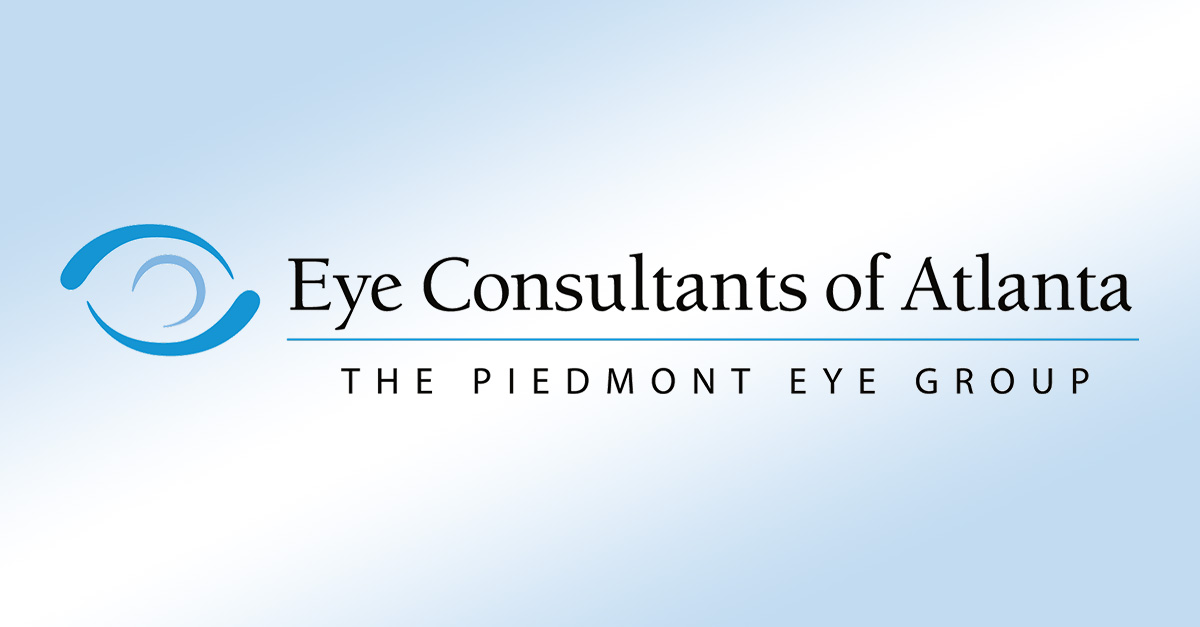Are you considering progressive lenses? If so, you’ve come to the right place!
Progressive lenses have grown in popularity and are currently the most common solution for treating vision loss that occurs with age, or presbyopia. This condition occurs when the eye loses some of its flexibility and ability to adjust to clearly seeing objects at different distances. Presbyopia is most common among adults over the age of 40 and is very easy to treat and correct with a proper and prompt diagnosis.
However, there are several considerations to make prior to moving forward with a treatment plan. Here, we’ll explore common issues with progressive lenses, who is a good fit for progressive lenses, and a few FAQs.
What Are Progressive Lenses?
Progressive lenses are a modern alternative to bifocal lenses, which offer two prescriptions in a single set of glasses. While bifocals are a better solution than carrying around multiple pairs of glasses, they do present their own set of challenges. Progressives were developed to resolve some of those common issues and to provide better aesthetics. Glasses with progressive lenses look like standard, normal glasses while still offering multiple fields of vision with a smooth—or progressive—transition. Progressive lenses can accommodate up to three prescriptions and are a replacement for both bifocals and trifocals.
The Main Issues With Progressive Lenses
Though the preferred option among most adults with presbyopia, progressive lenses do have a few potential drawbacks that should be noted. Most of these symptoms are temporary side effects associated with your eyes adjusting to your new lenses.
Common Problems Include:
- Dizziness
- Nausea
- Headache
- Blurred vision
- Distorted peripheral vision
These issues typically resolve naturally as your eyes adjust within 2-3 days. If symptoms persist, reach out to your eye doctor for assistance.
Who Is A Good Fit For Progressive Lenses?
Most adults that require treatment for presbyopia would be a good candidate for progressive lenses. Making the switch from a traditional bifocal or trifocal lens is a common concern but rest assured that most individuals are completely comfortable with their new glasses within 2-3 days. Other candidates prefer progressive lenses because once the adjustment is made, they provide more freedom to enjoy a broad array of activities. Notably, working at a computer or outdoor activities, like golf, are often easier with progressives versus bifocals.
Who Is Not A Good Fit For Progressive Lenses?
The most common reasons for not switching to progressive lenses is that the wearer has been using bifocals and may be perfectly comfortable with that decision or has had trouble making the transition. Progressive lenses also typically cost more than traditional bifocals. Of course, you should consult with your eye doctor if you have any concerns about the appropriate type of lenses for your eyes.
Schedule An Appointment For Progressive Lenses
Are you ready to make the switch? Contact us today to schedule your consultation. Our team of experts can help you make an informed decision about the best lens and frames for your long-term eye health.
Progressive Lens FAQs
How are progressive lenses different than bifocals?
Progressive lenses offer the same benefit of bifocal lenses without the defined lens transition. Many wearers prefer progressive lenses purely for the aesthetic benefit. However, the lenses do offer other advantages, like less ‘vision jumping’—a common issue with bifocals.
Who can wear progressive lenses?
Anyone that suffers from presbyopia is a candidate for progressive lenses, including current bifocal and trifocal wearers.
How long does it take to adjust for progressive lenses?
The adjustment period varies per person, but most individuals are comfortable with their new progressive lenses within just 2-3 days.
Do I have to wear my progressive lenses all the time?
Not necessarily. Many wearers only wear progressives glasses part-time when they need them, like at work or while reading. It is recommended to wear your new glasses full-time when you first get them to help your eyes adjust, but after the adjustment period, it is perfectly healthy to wear them as needed.
Can I drive with progressive lenses?
Yes, you can drive with progressive lenses. However, it is recommended to give your eyes a few days to adjust before you drive.
How much do progressive lenses cost?
There are several variables that will impact the total cost of progressive lenses. In general, progressive lenses range from $150 – $250; this does not include the cost of frames or other customizations. Progressive lenses are more expensive than traditional bifocals, but most wearers consider the cost well worth the investment for the improved lifestyle they provide.
How do I get progressive lenses?
Progressive lenses are a prescription and require a consultation with an eye doctor. Proper lens fitting is also crucial to a great progressive lens experience. If you are in the Atlanta area and are interested in an assessment, schedule an appointment with Eye Consultants of Atlanta.

